The Antequera Dolmens Site, a UNESCO World Heritage Site, brings together three unique treasures: a trio of prehistoric megaliths comprising Menga, Viera and El Romeral, the iconic Peña de los Enamorados, and the surreal landscape of El Torcal. Curious to know what makes this site so extraordinary? Read on.
Spain ranks among the world’s top countries for UNESCO World Heritage Sites, a reflection of its remarkable cultural and natural heritage. One of the most striking is the Antequera Dolmens Site, a remarkable prehistoric complex set in the heart of Andalusia. This serial cultural site comprises five main components:
- The three megalithic dolmens of Menga, Viera and El Romeral, which constitute the first examples of monumental architecture in the European Paleolithic Era
- The two natural monuments of La Peña de Los Enamorados (the Lovers’ Rock) and El Torcal.
What are the Antequera Dolmens?
The Antequera Dolmens are megalithic funerary structures dating back to the Neolithic and Copper Age. Used as collective tombs, they are notable for their deliberate alignment with natural landmarks such as the Peña de los Enamorados and El Torcal.
Built over 5,000 years ago, these structures represent some of the earliest examples of monumental architecture in Europe. They consist of massive stone slabs forming burial chambers, later covered with earth to create artificial mounds that are still visible today
What sets this site apart is its integration with the surrounding landscape. Unlike other megalithic sites, the Antequera Dolmens were not built solely for ritual or funerary purposes, but were also carefully oriented to align with geological features imbued with symbolic significance.This profound connection between nature and architecture was one of the key factors behind UNESCO’s decision to inscribe the area as a World Heritage Site in 2016, as part of the cultural ensemble known as the Antequera Dolmens Site.
Archaeological Dolmens of Antequera
The Antequera Dolmens Complex is the main visitor site within this World Heritage location. It encompasses the three principal megalithic tombs: Menga, Viera, and El Romeral. Each has its own architectural features, symbolic alignment, and unique historical timeline.
Located just outside the town of Antequera, the site also includes a visitor centre that presents the historical, archaeological, and natural context of the dolmens in an accessible and engaging way.
A closer look at each tomb reveals striking differences in form, symbolism, and purpose.
Dolmen de Menga
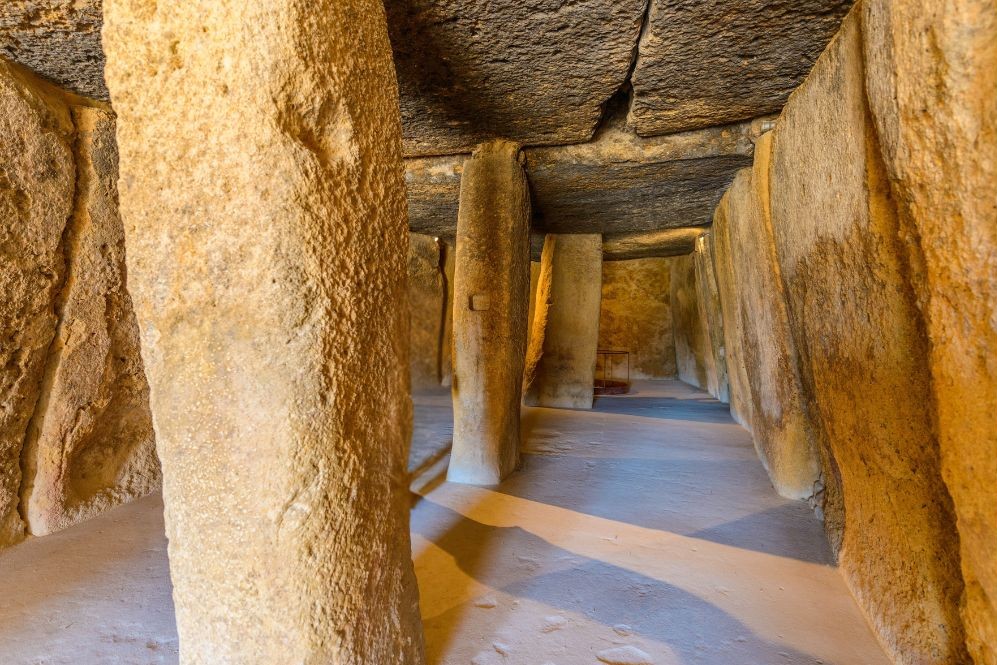
This 6.000-year-old megalithic tomb faces the geological formation of the Peña de Los Enamorados, instead of facing the sun, as it was customary at the time. The 32 megalithic stones that compose the dolmen are positioned around the main chamber, where hundreds of skeletons were found in the 19th century.
The soil that was used to cover the stones has given life to a small hill, which you can still see nowadays.
Dolmen de Viera
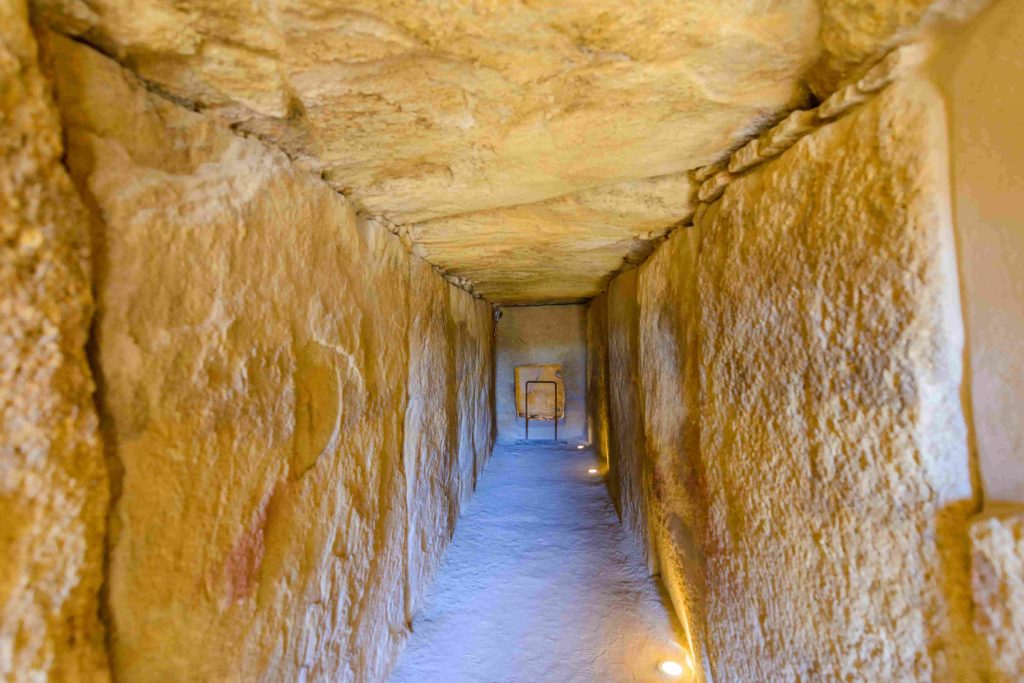
The Viera dolmen, also known as Cueva Chica, is the only one of the three dolmens that was positioned facing the east. This way, the sun rays reached the burial chamber at dawn, during the spring and autumn equinoxes.
Located 70 meters far from the dolmen of Menga, this 4.000-year-old construction is composed by a long and narrow corridor, leading to the rectangular burial chamber.
Tholos de El Romeral
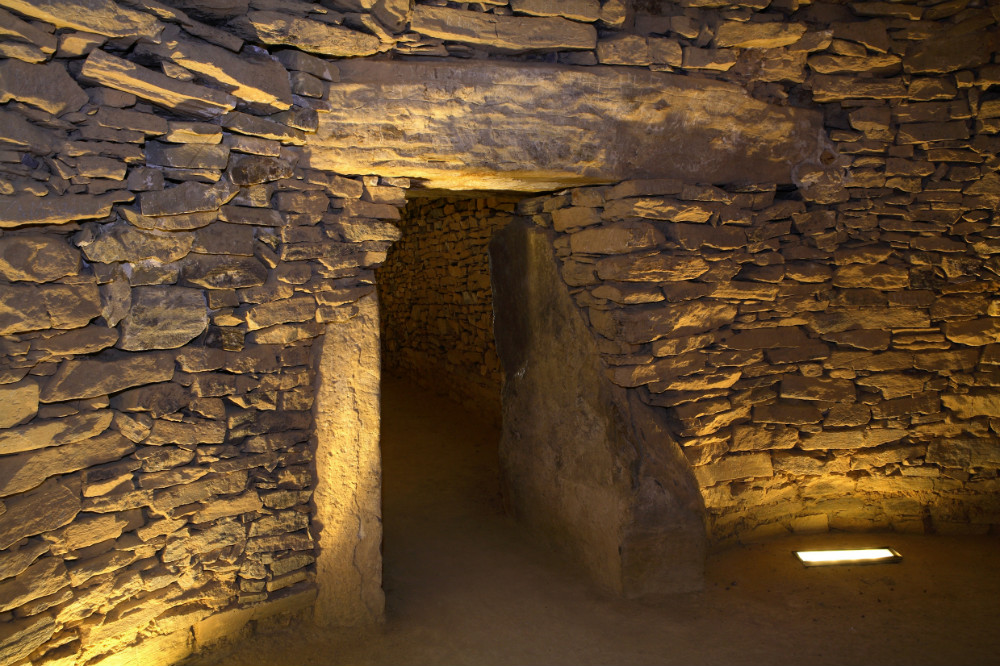
The last dolmen is that of Tholos de El Romeral, located 4 km far from the other two, facing the karstic formation of El Torcal. The differences between the rocks used in the two previous dolmens and the dolmen of El Romeral are a clear sign of the different periods in which these megalithic tombs were built (El Romeral was built about 3.000 years ago).
Moreover, two round burial chambers compose this dolmen (in contrast with the structure of the other two dolmens). They are connected by a large corridor, where human remains were discovered.
Peña de los Enamorados
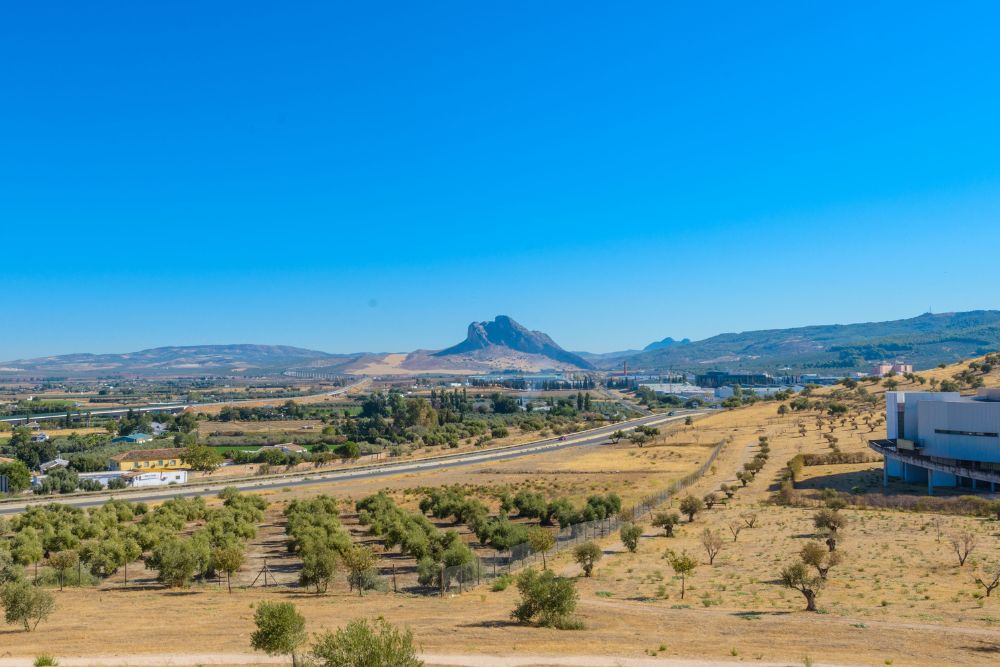
This rocky formation, which you can spot from almost every part of the city of Antequera, is a must-see since the natural erosion made the rocks take the semblance of a human face looking up in the sky.
The Legend of the Peña de los Enamorados
The legend around the name of the mountain comes from the history of two lovers during the times when Antequera was under the Moorish. She was an Arab princess named Tagzona, and he was a Christian soldier named Tello. They fell in love while Tello was held captive by the Arab king, and decided to flee together.
The same day they fled, the Christian troops attacked the city of Antequera, so that the two young lovers had to run towards the rocky mountain that looks over the city. From there, they decided to jump into a void to prevent both the Arab and the Christian troops from capturing them and forcing them apart.
El Torcal de Antequera
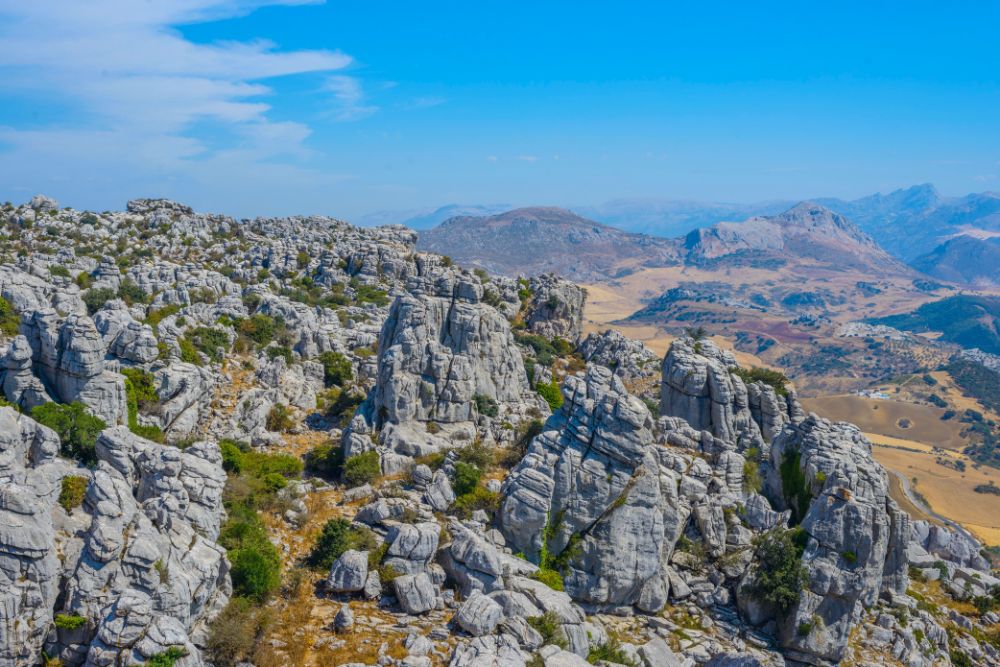
In the southern area of Antequera, you will come across a 150-million-year-old spectacular mountainous formation, located at a breathtaking 1336 meters above the sea level. The karstic landmark of the Torcal de Antequera is among the most famous of Europe.
If you fancy discovering its secrets, you can choose three routes, all of which start and end near the Info centre of the Natural Park. The yellow and green routes are shorter than the red one, whose dramatic views won’t leave you unimpressed.
Antequera Dolmens opening hours
There is a small admission fee to visit the Antequera Dolmens, although citizens of the European Union can enter free of charge with valid identification. For the latest information on prices, it is best to consult the official website of the Archaeological Complex of the Antequera Dolmens.
For a more in-depth experience, guided tours are available in Spanish, English, and French. These provide valuable insight into the site’s history and help visitors better understand the significance of the megalithic monuments. To arrange a tour, you can email [email protected], call +34 670 945 453 or +34 952 712 206, or visit the official website.
- Tuesday to Thursday: 9 am – 6 pm
- Friday and Saturday: 9 am – 9 pm
- Sundays, Bank holidays, and Mondays before a Bank holiday: 9 am – 3 pm
- Closed on Mondays (except Mondays before a Bank holiday)
- Tuesday to Saturday: 9 am – 2 pm and 7 pm – 10 pm
- Sundays, Bank holidays, and Mondays before a Bank holiday: 9 am – 3 pm
- Closed on Mondays (except Mondays before a Bank holiday)
- Tuesday to Saturday: 9 am – 6 pm
- Sundays, Bank holidays, and Mondays before a Bank holiday: 9 am – 3 pm
- Closed on Mondays (except Mondays before a Bank holiday)
Please note that opening times on public holidays may vary each year. It is recommended to check the official website for the most current information before your visit.
What else can I see in Antequera?
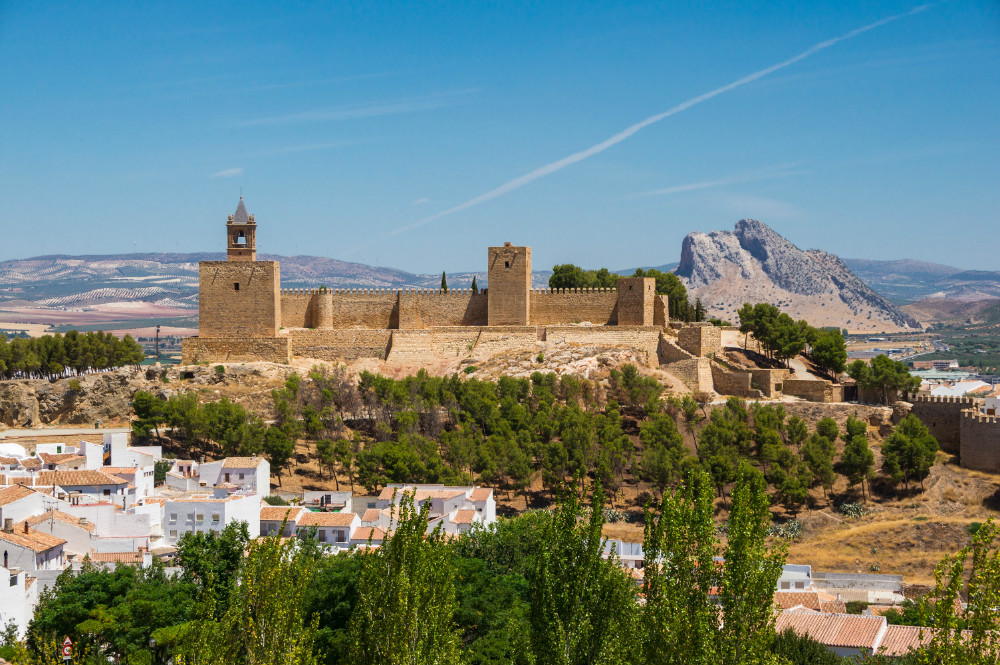
After visiting the Dolmens of Antequera, take time to explore the city itself and discover its rich cultural heritage. Along the way, you’ll encounter countless historic landmarks, magnificent churches, and sweeping views across the Andalusian countryside.
If you’re looking for inspiration to plan your visit, don’t miss this short video guide to Antequera’s highlights, packed with ideas to help you make the most of your stay.
How can I get to Antequera?
Antequera is easily reachable both by car and by bus. Catch the AP-46 from Malaga until A-45 if you like to drive. 21 km north, on the left, you will find the exit for Antequera. Once you are in the city, know that you can park north of Plaza San Sebastián, in an underground parking on Calle Diego Ponce.
If you prefer to reach Antequera by bus, the bus company ALSA provides daily routes from Seville, Granada, Cordoba, Almeria and Malaga. You can find the bus station of Antequera in Paseo García del Olmo.
If you arrive by train, know that you will get to the train station of Santa Ana. From there, you will have to reach Antequera’s city centre by taxi.
Places to stay in Antequera
To visit it all, you should rent a holiday home in the surrounding areas of the city. Therefore, we want to provide you with the best villas in Antequera. Don’t miss the opportunity to live an unforgettable experience in one of the most wonderful areas of Andalucia.
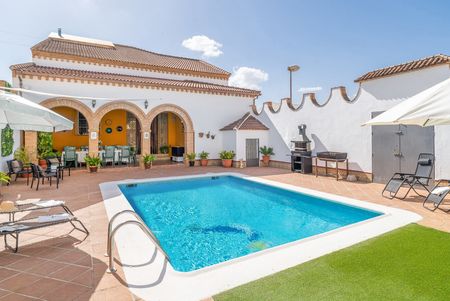

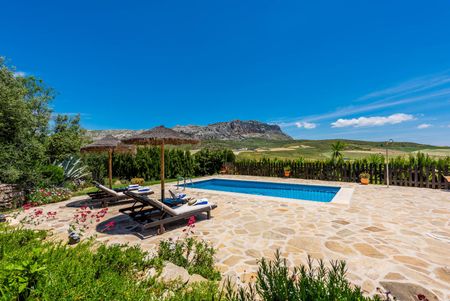
Go and fall in love with the Dolmens of Antequera, this World Heritage Site is waiting for you!
Have you ever been to Antequera and visited its Dolmens? Which one did you like the most? Or you are still planning your trip? Let us know!






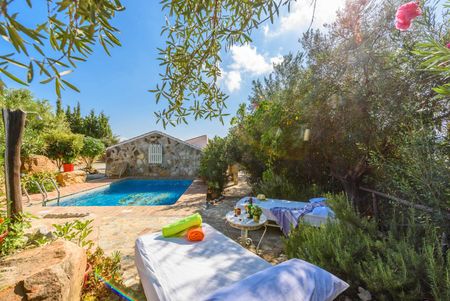
Hello, after reading this amazing article, I am looking forward to going to Antequera. I’m a fan of hiking and no better place to do so than the Dolmens 😀
Hi Georgina, we’ll be waiting for you here in Andalusia!